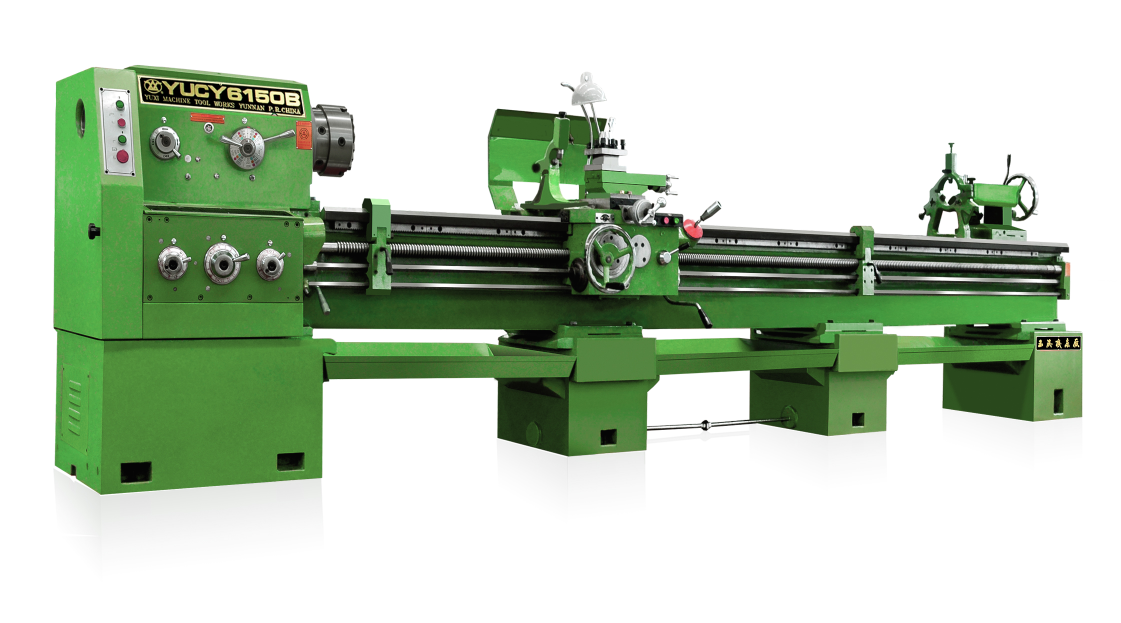The structure of the electromagnetic flowmeter is mainly composed of a magnetic circuit system, a measuring conduit, an electrode, a casing, a lining and a converter. Magnetic circuit system: its role is to produce a uniform DC or AC magnetic field. The DC magnetic circuit is realized by a permanent magnet, which has the advantages of simple structure and less interference by the alternating magnetic field, but it is easy to polarize the electrolyte liquid in the measuring duct, so that the positive electrode is surrounded by negative ions, and the negative electrode is positive ion Surrounding, that is, the polarization phenomenon of the electrode, and causing an increase in internal resistance between the two electrodes, thus seriously affecting the normal operation of the meter. When the diameter of the pipe is large, the permanent magnets are correspondingly large, bulky and uneconomical, so the electromagnetic flowmeter generally adopts an alternating magnetic field and is generated by the excitation of a 50HZ power frequency power source. Measuring catheter: its function is to let the conductive liquid to be tested pass. In order to make the magnetic flux diverted or short-circuited when the magnetic flux passes through the measuring catheter, the measuring catheter must be made of non-magnetic, low electrical conductivity, low thermal conductivity and mechanical strength. Non-magnetic stainless steel, FRP, high strength can be selected. Plastic, aluminum, etc. Electrode: Its function is to extract and sense the induced potential signal. The electrodes are typically made of non-magnetically conductive stainless steel and are required to be flush with the liner so that the fluid passes without obstruction. It should be installed in the vertical direction of the pipe to prevent deposits from accumulating on it and affecting the measurement accuracy. Enclosure: Made of ferromagnetic material, it is the cover of the distribution system excitation coil and isolates the interference of external magnetic field. Lining: A complete electrical insulation lining on the inside of the measuring tube and on the flange sealing surface. It directly contacts the liquid to be measured, and its function is to increase the corrosion resistance of the measuring catheter and prevent the induced potential from being short-circuited by the metal measuring tube wall. Most of the lining materials are PTFE plastics and ceramics that are resistant to corrosion, high temperature and wear. Converter: The induced potential signal generated by the liquid flow is very weak and is greatly affected by various interference factors. The function of the converter is to amplify and convert the induced potential signal into a unified standard signal and suppress the main interference signal. Its task is to amplify the induced potential signal Ex detected by the electrode into a unified standard DC signal.
We started making this kind of manual lathe machine since 1955 as one of a leading state-owned companies, which is used for metal cutting or processing as traditional ways, and of great quality upon on more than 66 years experience.
It is with precision ground and hardened bed ways,and removable gap is provided for bigger diameter of workpiece.
Different specification or requirements could be customized based on demands.
Center Lathe, Centre Lathe, Machine Tool, Lathe Machine, lathe machining Yuxi JianFu Group Machine Tool Co., Ltd. , http://www.yucymachine.com
